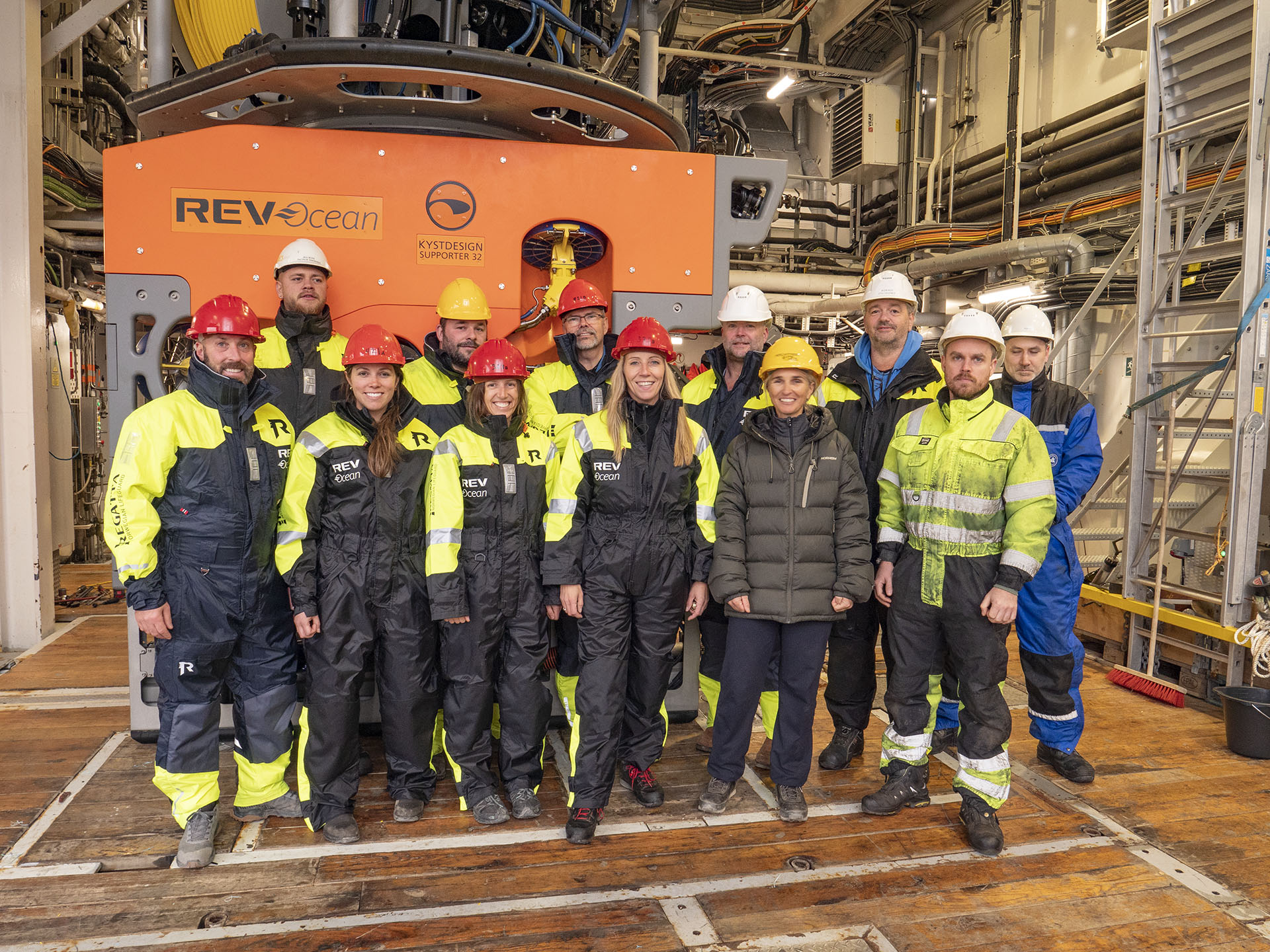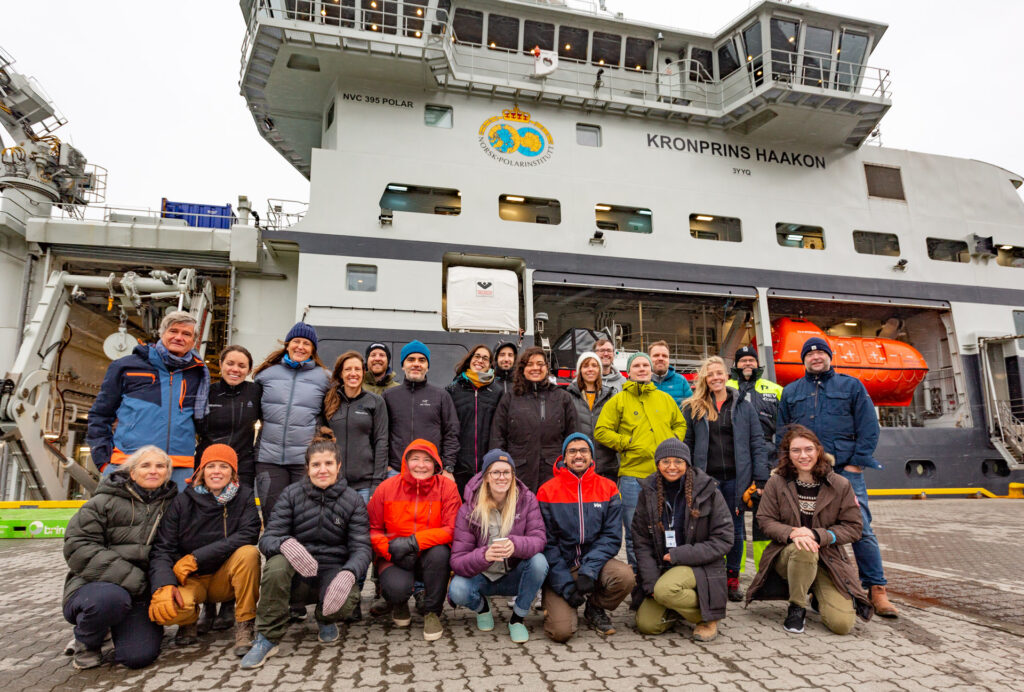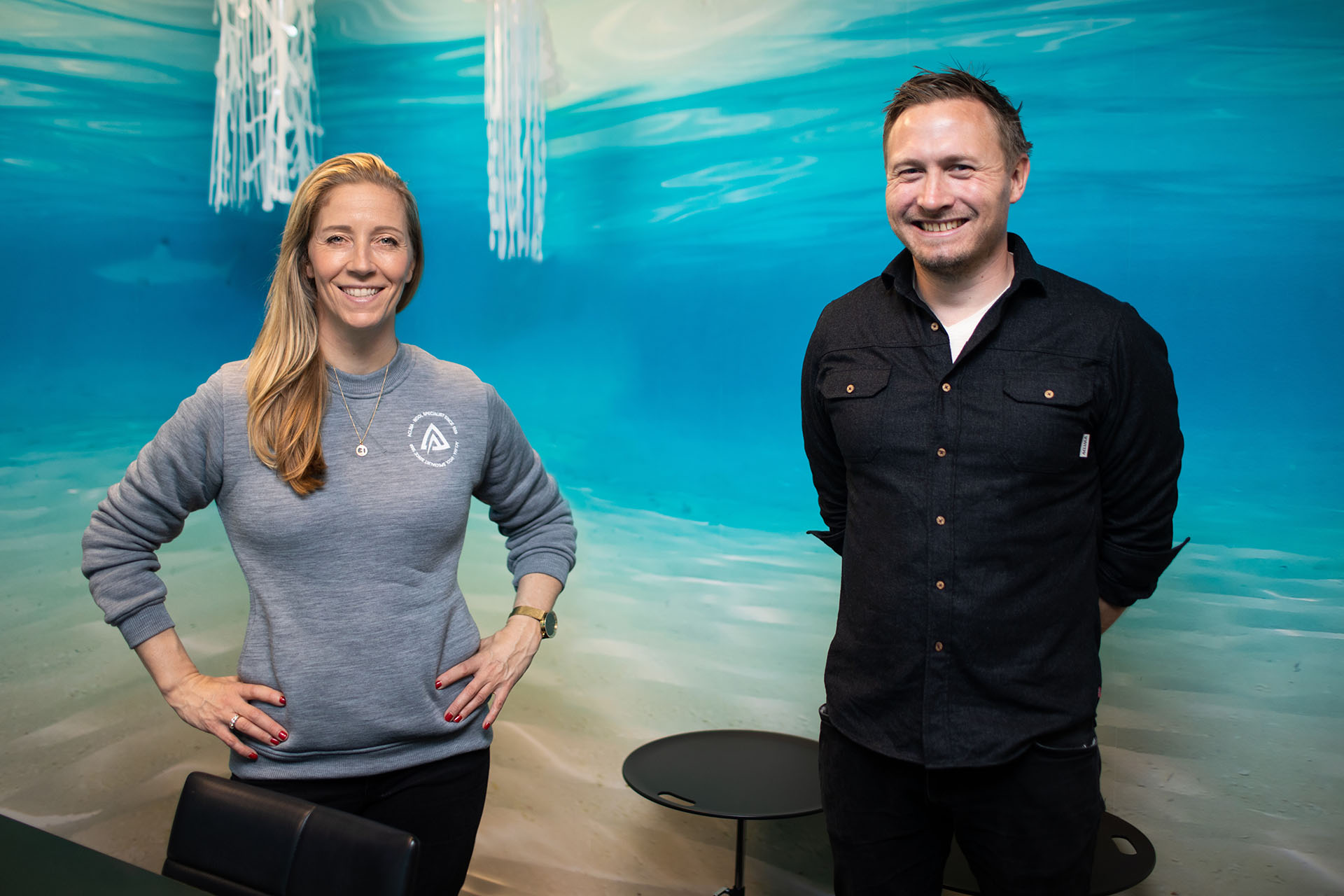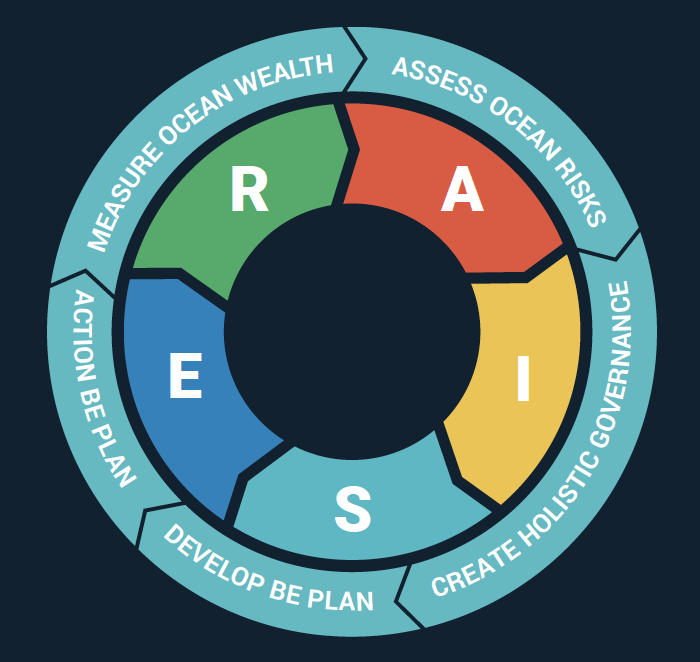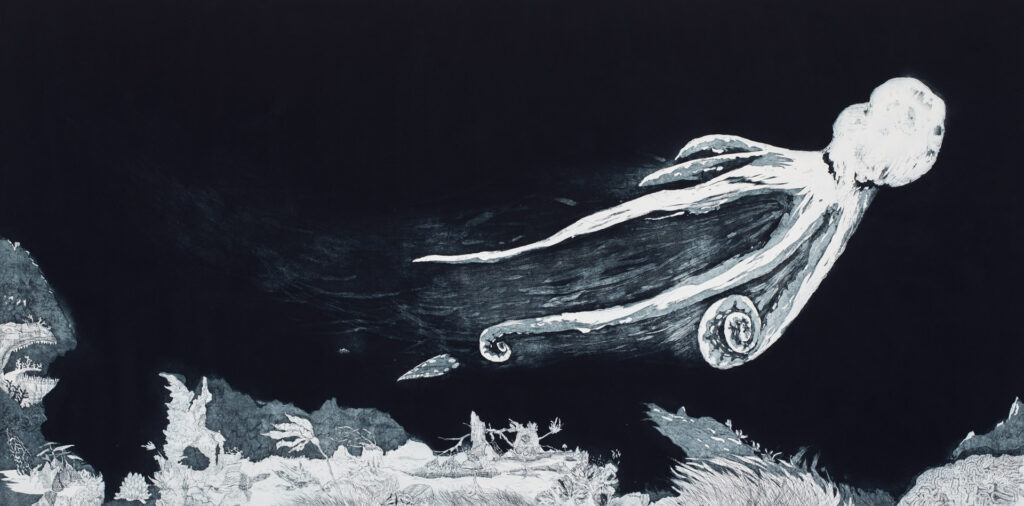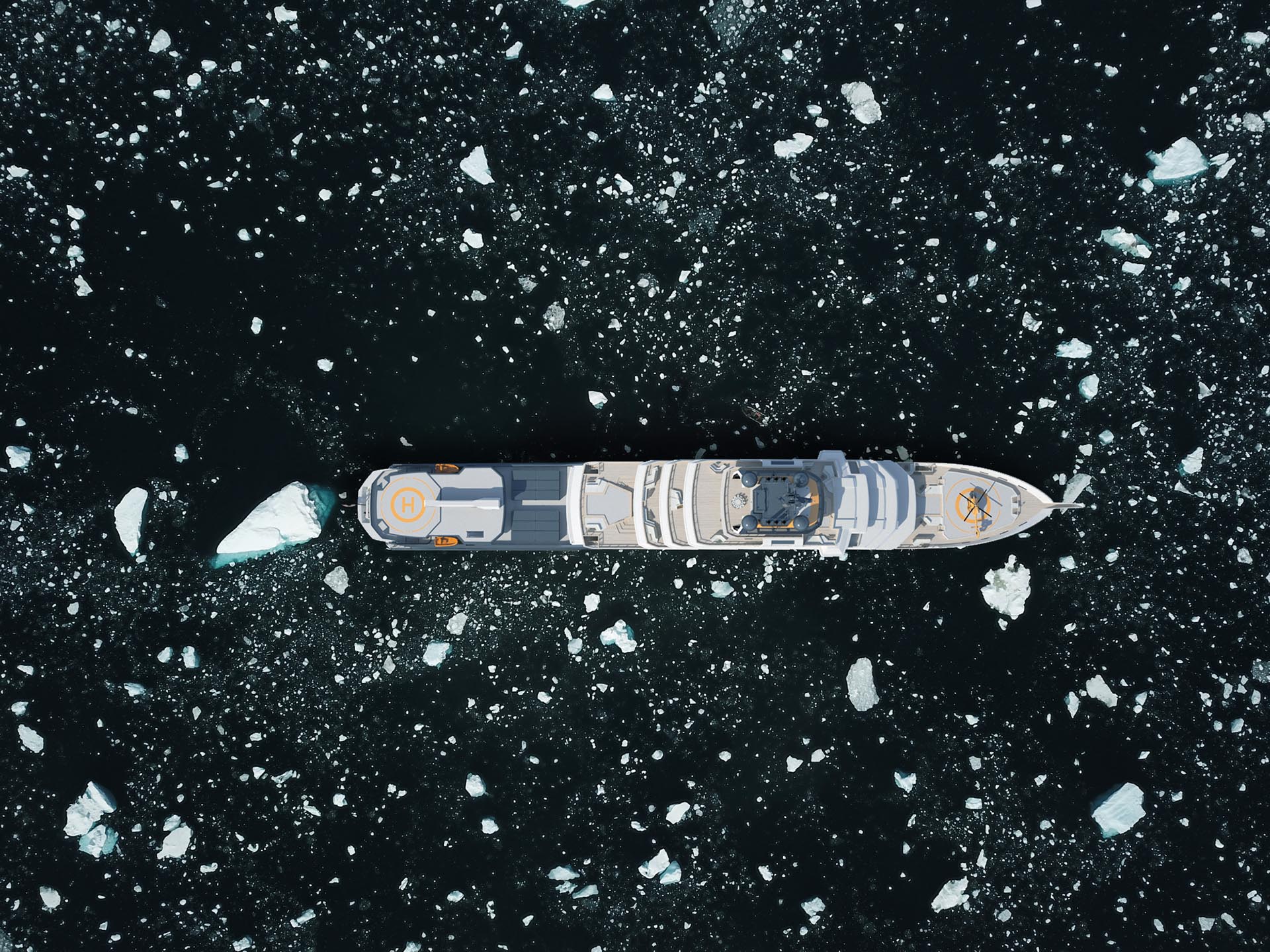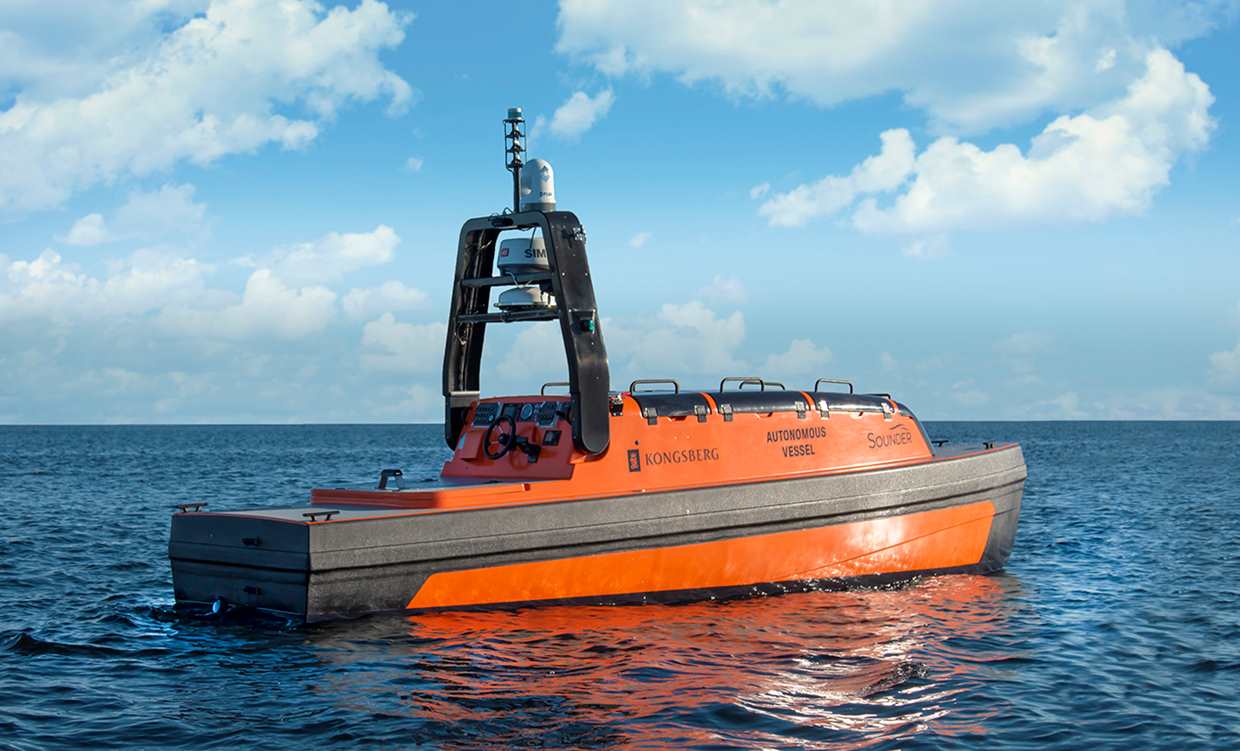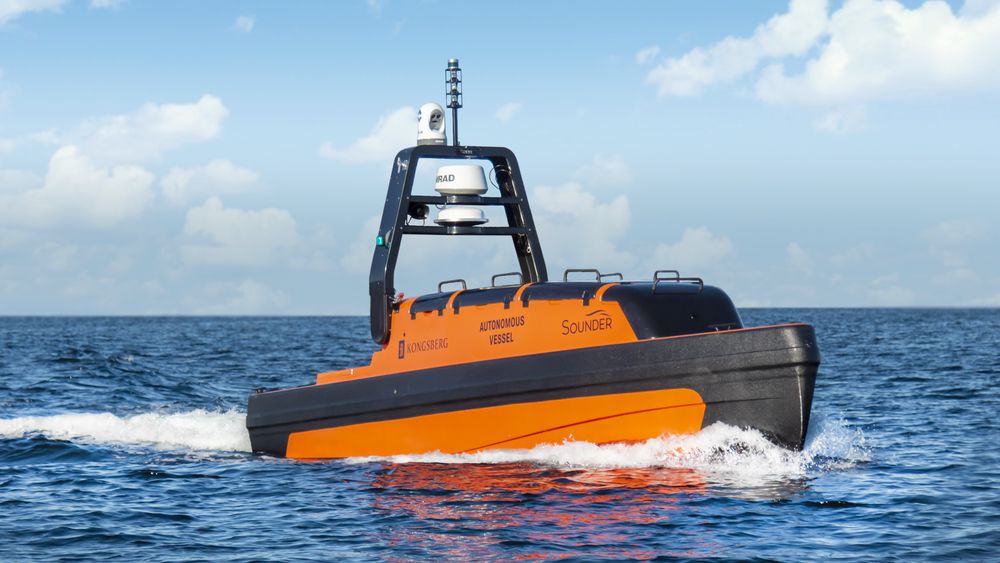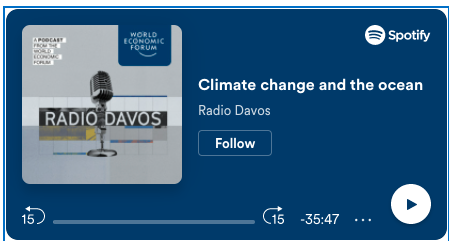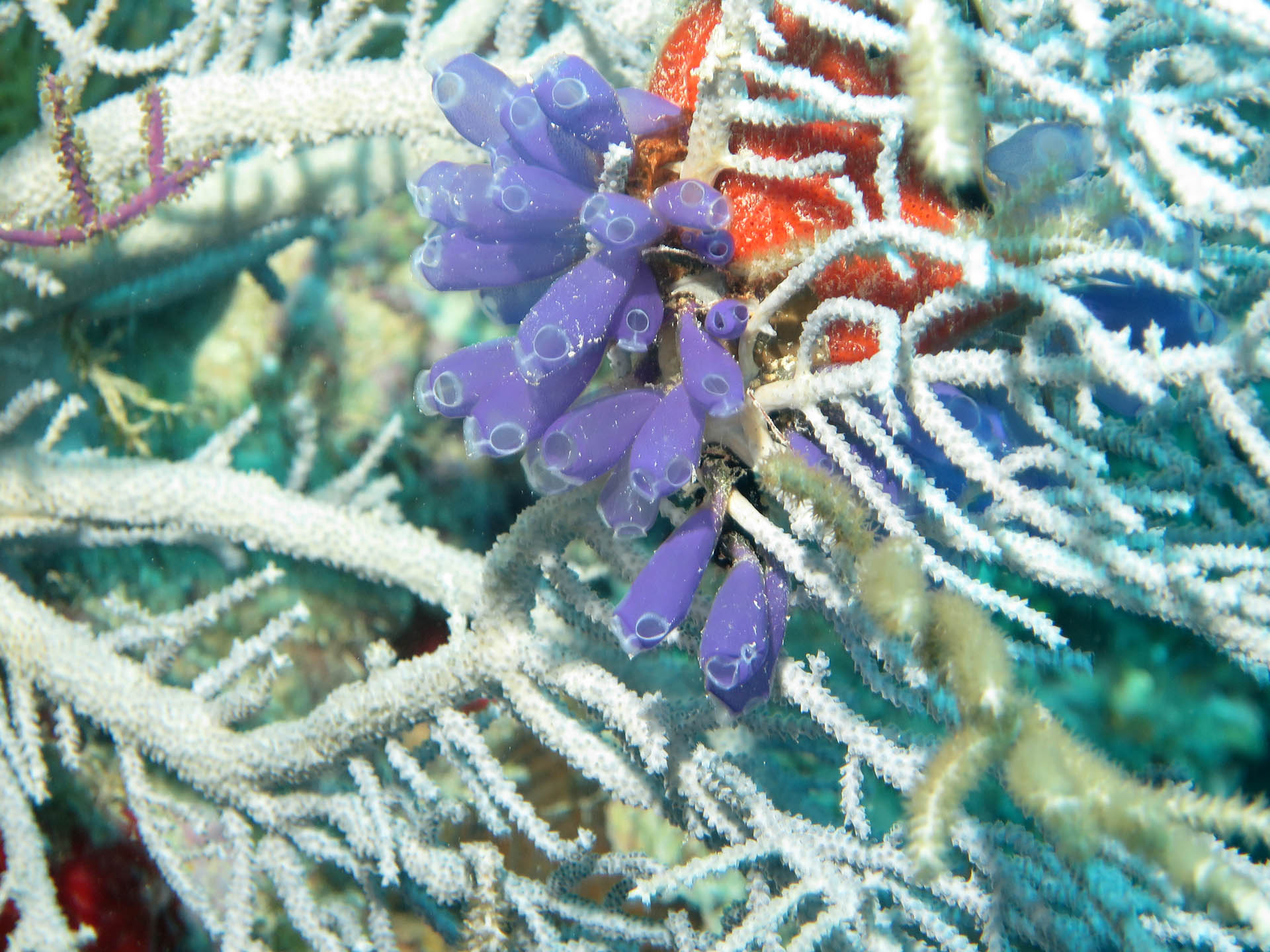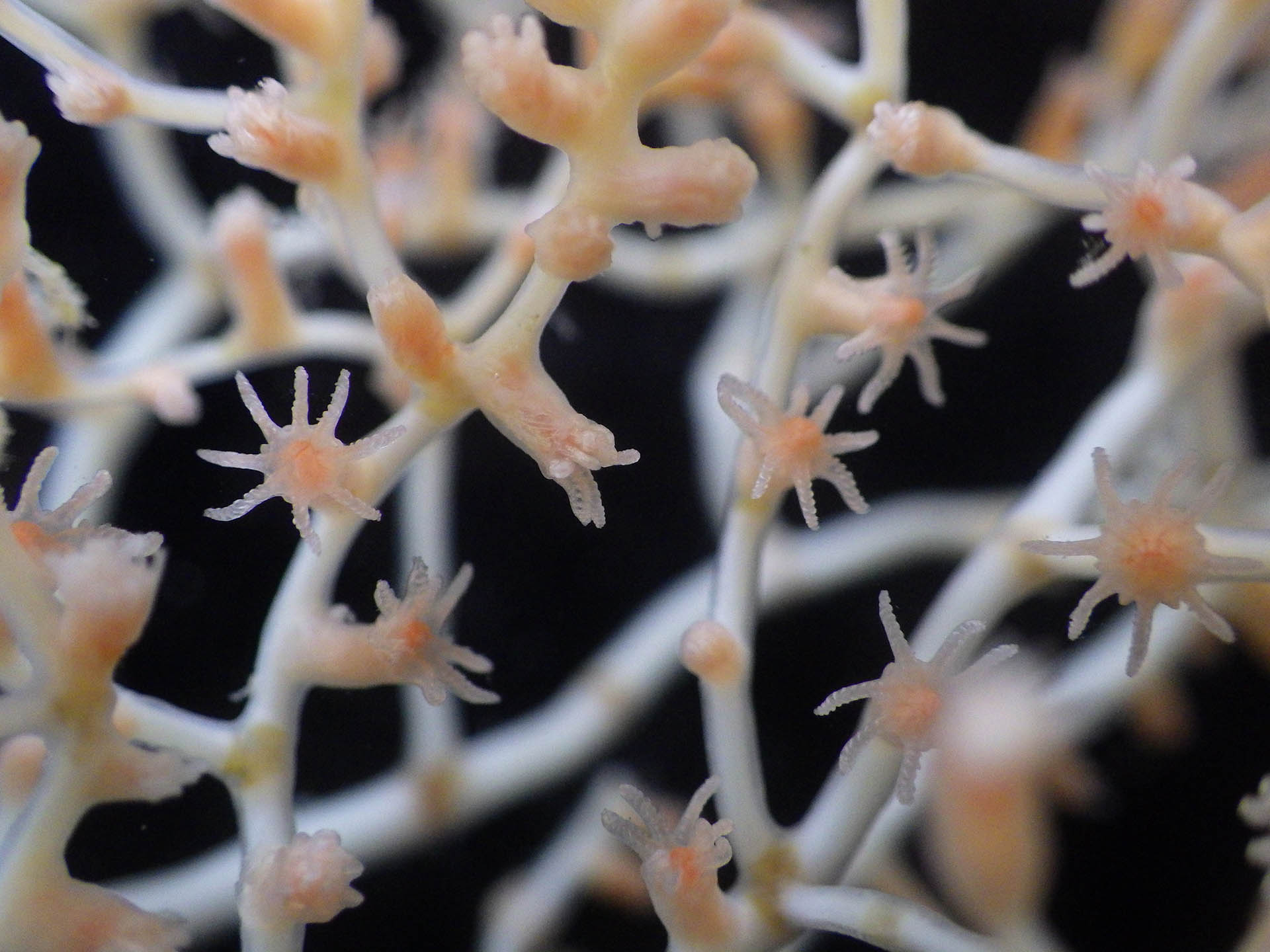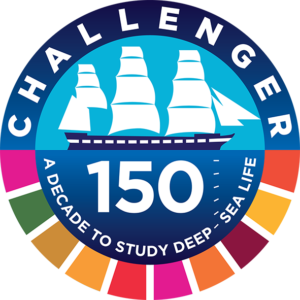Sept 29, 2021 Longyearbyen.
Today is a joyous day in the high Arctic as the REV Ocean team baptises Aurora, our new deep-sea remotely operated vehicle (ROV). The baptism was done aboard the Norwegian icebreaker Kronprins Haakon for Aurora’s maiden voyage, which coincidentally will be to visit the Aurora hydrothermal vent field in the Arctic Ocean.
A team of six REV Ocean specialists will join the international and multidisciplinary HACON 2021 cruise (hot vents in an ice-covered environment) with a talented group of international and multidisciplinary researchers who will re-visit the Aurora vent field, in the Gakkel Ridge, between 29 Sept and 24 Oct 2021. The cruise will sail from Longyearbyen (Svalbard) and after doing some deep-water test will head back into the ice to the Aurora vent field (82.5°N).
The Aurora ROV will be deployed through the Kronprins Haakon moonpool and is equipped with a large tether management system (TMS), which has fixed and pan/tilt cameras and lights for observing the ROV operations. Additional sensors and cameras can also be mounted to the TMS for future missions. Until now, no ROV has been able to dive successfully to the vent field, at 4000 m depth under permanent ice cover.
During the HACON cruise, the Aurora ROV will be used to sample for the first time this remote deep sea ecosystem. The geological, geochemical, physical and biological samples will allow the HACON researchers to understand the processes driving these vent systems and to assess if the Aurora vent fauna has evolved in isolation in the Arctic, or is genetically connected to the Atlantic or Pacific Ocean fauna.
The HACON teams will focus on the geochemical and physical processes that shape the Aurora biological communities and assess the role played by the Gakkel Ridge in connectivity of chemosynthesis-based ecosystems between ocean basins. The project will provide empirical robust data of a pristine system prior to expected climate-change variations and increased human activities in the Arctic region.
Aurora is a Kystdesign 6000 m rated remotely operated vehicle (ROV) and is one the most important tools for REV Ocean, placing 98% of the world’s ocean within range of ocean researchers. The ROV manipulators are equipped with delicate pincers for taking targeted samples, and the unit contains 7 high-definition cameras. The ROV has a wide range of payload options to carry utility equipment: skid front drawer with dual sampling chambers, pushcores and bladecores, slurp sampler with multi-chamber container, gas sampler, niskin bottles, geochemical and oceanographic sensors and a multibeam system for cm-scale imaging of the ocean floor.
The REV Ocean team will use the opportunity to gain real field experience and use one of our core assets, the ROV, in some of the most complicated and harsh conditions on the planet. This is one of the best learning opportunities for our science, operations, and communications teams to troubleshoot, learn and come back with a wealth of new experiences that will feed into REV Ocean programming.
HACON live route map
HACON project website
Project links and social media channels:
REV Ocean
https://www.instagram.com/rev_ocean/
https://www.facebook.com/OceanREV/
https://twitter.com/rev_ocean
https://www.linkedin.com/company/18598419/admin/
C4IR Ocean
https://www.instagram.com/c4irocean/
https://www.linkedin.com/company/c4irocean/
https://www.facebook.com/C4IROcean
https://twitter.com/c4ir_ocean
FF Kronprins Haakon
https://www.instagram.com/polarinstituttet/
https://twitter.com/norskpolar
https://www.facebook.com/NorskPolarinstitutt
Cruise is led by CAGE and NIVA
https://www.facebook.com/cageuit/
https://twitter.com/cage_coe
https://twitter.com/NIVAforskning
https://www.facebook.com/NIVAforskning/
https://www.instagram.com/nivaforskning/?hl=en
https://www.linkedin.com/company/niva/
University of Bergen
https://twitter.com/uib
https://www.facebook.com/unibergen
https://www.instagram.com/unibergen/
https://www.linkedin.com/school/university-of-bergen/
The Centre for Environmental and Marine Studies (CESAM) is a Research Unit of the University of Aveiro (UA)
https://www.facebook.com/UnivCESAM/
https://twitter.com/CESAM_Univ
https://www.instagram.com/cesam_univ/
https://www.linkedin.com/company/cesam-univ/
Ana´s Lab group – https://twitter.com/DEEPCs_UA
University of Southhampton
https://www.instagram.com/uni_southampton/
https://twitter.com/unisouthampton
https://www.facebook.com/unisouthampton
https://www.linkedin.com/school/university-of-southampton/
Memorial University
https://twitter.com/MemorialU
https://www.facebook.com/MemorialUniversity
https://www.instagram.com/memorialuniversity/
